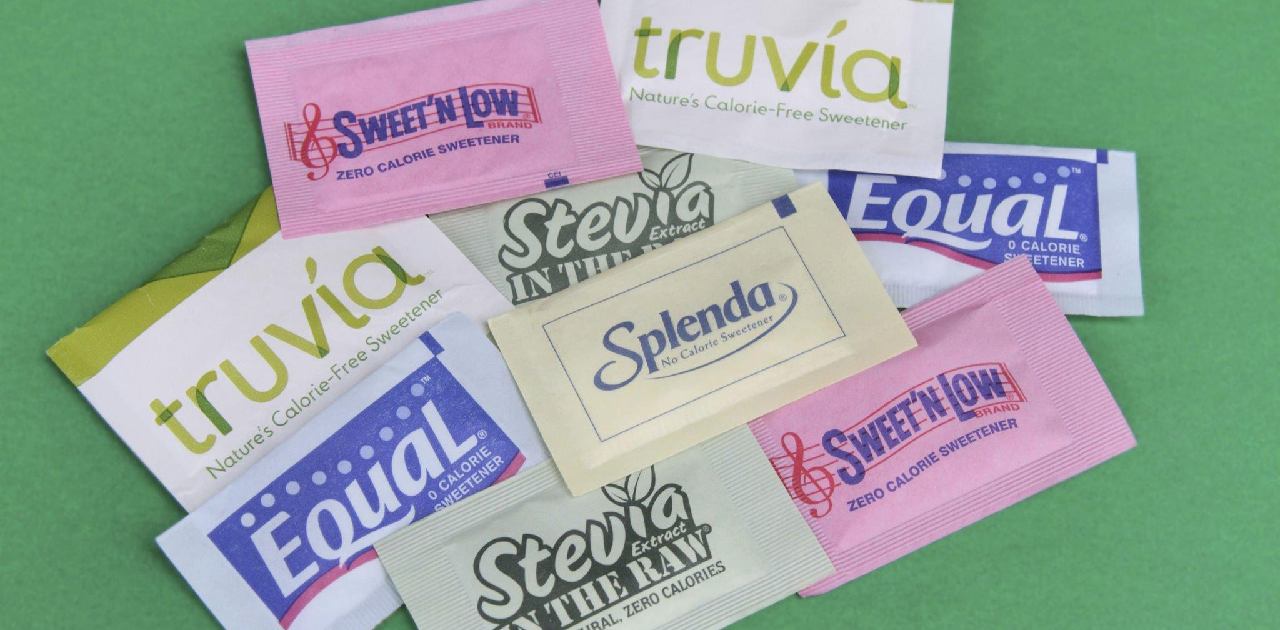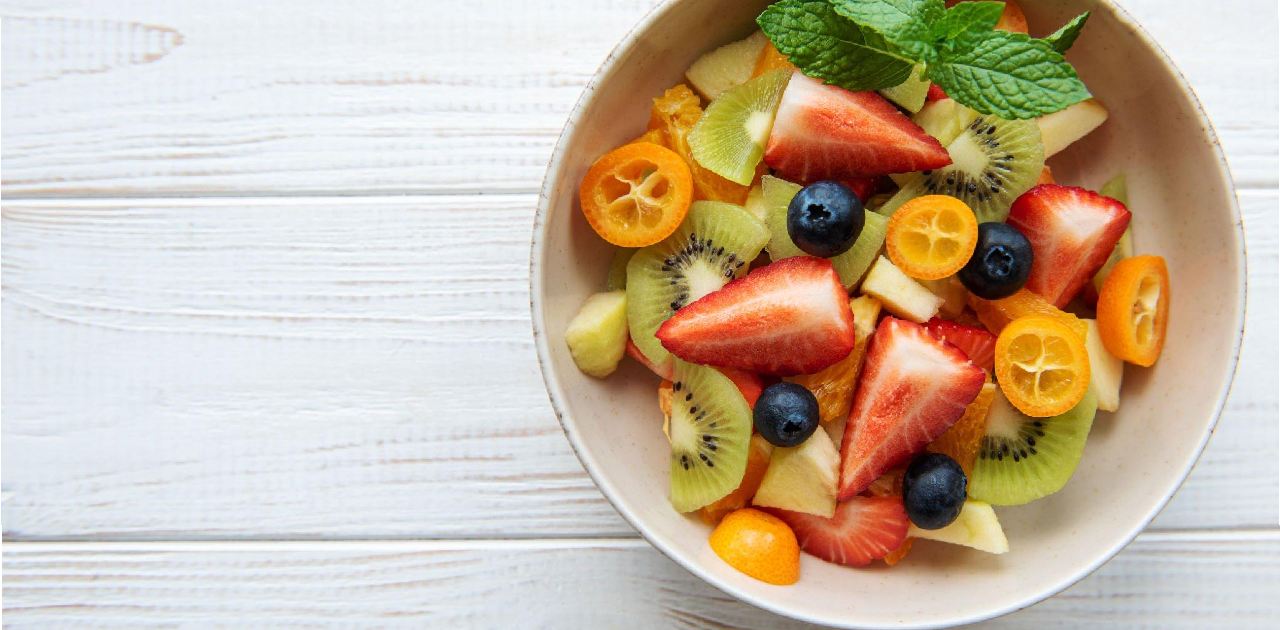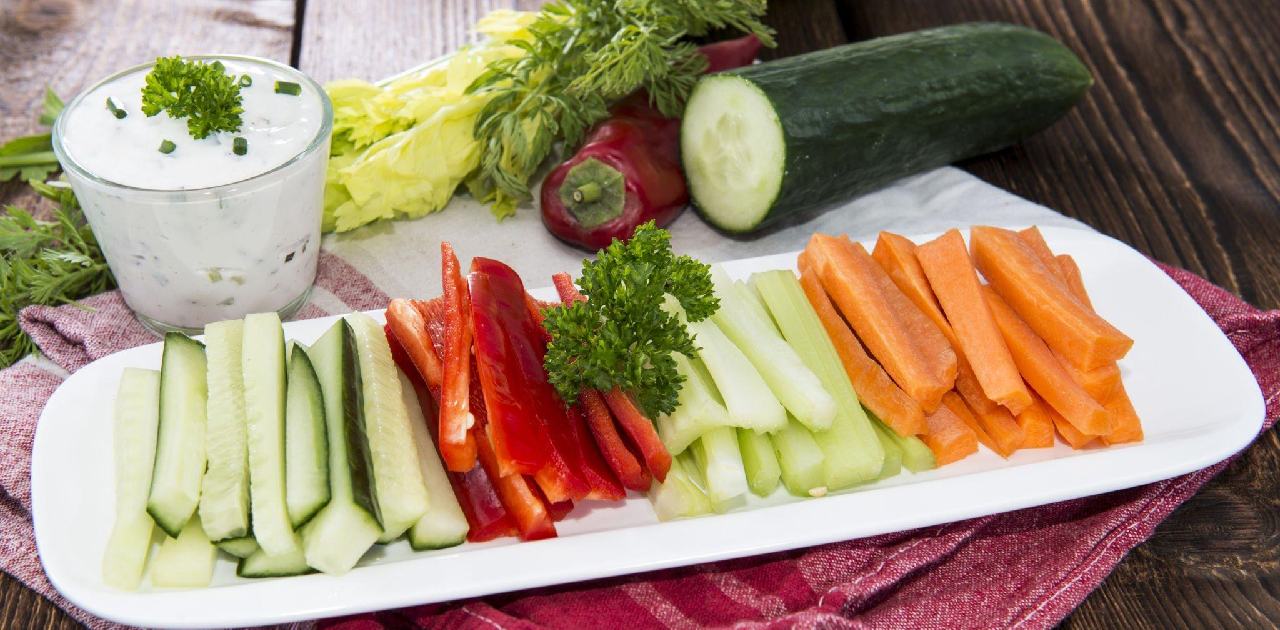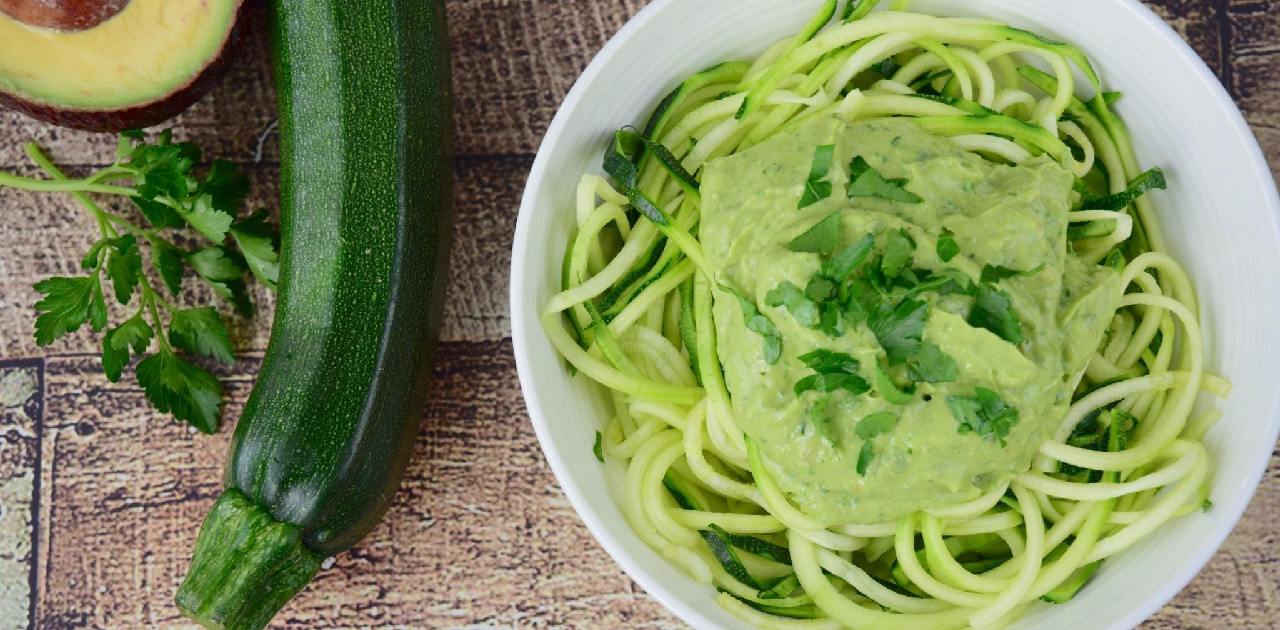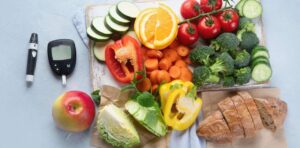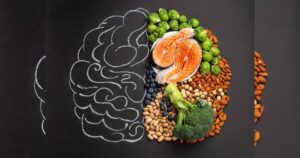Sugar is one of the most commonly consumed substances worldwide, and with good reason. It is a quick source of energy for the body and is found in many foods we love, such as pastries, chocolate, and candy. However, consuming too much sugar can have negative effects on our health, such as increasing the risk of developing obesity, diabetes, and heart disease. The good news is that there are plenty of sugar-free foods available that can satisfy your sweet tooth without the guilt. In this guide, we’ll explore everything you need to know about sugar-free foods, from the dangers of consuming too much sugar to tips for sticking to a sugar-free diet.
The Dangers of Consuming Too Much Sugar
Consuming too much sugar can have negative effects on your health. According to the American Heart Association, the average American consumes about 22 teaspoons of added sugar per day, which is well above the recommended limit of 6 teaspoons for women and 9 teaspoons for men. Consuming too much sugar can lead to weight gain, insulin resistance, and inflammation, which can increase the risk of developing chronic diseases such as diabetes, heart disease, and cancer.
Benefits of a Sugar-Free Diet
Switching to a sugar-free diet can have many benefits for your health. Not only can it help you lose weight and reduce inflammation, but it can also lower your risk of developing chronic diseases such as diabetes and heart disease. Additionally, a sugar-free diet can improve your overall health by providing your body with essential nutrients and reducing your risk of developing nutrient deficiencies.
How to Read Food Labels for Sugar Content
One of the most important things you can do when following a sugar-free diet is to read food labels carefully. Many foods contain hidden sugars, which can add up quickly and sabotage your efforts to reduce your sugar intake. When reading food labels, look for ingredients such as high fructose corn syrup, honey, and molasses, which are all forms of added sugar. Additionally, look for foods that are labeled “no added sugar” or “sugar-free” to ensure that they don’t contain any hidden sugars.
Natural Sugar Substitutes
If you’re looking for a natural way to sweeten your food without using sugar, there are plenty of natural sugar substitutes available. Some popular options include:
- Stevia: A natural sweetener derived from the leaves of the stevia plant. Stevia is much sweeter than sugar and has zero calories.
- Erythritol: A sugar alcohol that is found naturally in some fruits and vegetables. Erythritol has a similar taste and texture to sugar but contains fewer calories.
- Xylitol: Another sugar alcohol that is found naturally in some fruits and vegetables. Xylitol has a similar taste to sugar but contains fewer calories and has a lower glycemic index.
Artificial Sweeteners – Pros and Cons
Artificial sweeteners are another popular option for those looking to reduce their sugar intake. Some common artificial sweeteners include aspartame, saccharin, and sucralose. While these sweeteners are low in calories and can help reduce your sugar intake, they also have some potential drawbacks. For example, some studies have linked artificial sweeteners to an increased risk of cancer and other health problems. Additionally, some people may experience digestive issues or headaches when consuming artificial sweeteners.
Sugar-Free Dessert Options
Just because you’re following a sugar-free diet doesn’t mean you can’t enjoy sweet treats. There are plenty of sugar-free dessert options available, such as:
- Sugar-free ice cream: Many brands offer sugar-free ice cream options that use natural or artificial sweeteners instead of sugar.
- Fruit salad: A refreshing and healthy dessert option that is naturally sweetened by fruit.
- Sugar-free baked goods: Many recipes for baked goods can be modified to use natural or artificial sweeteners instead of sugar.
Sugar-Free Snack Ideas
Snacking can be a challenge when following a sugar-free diet, but there are plenty of options available. Some sugar-free snack ideas include:
- Nuts: Nuts are a healthy and satisfying snack that is naturally sugar-free.
- Vegetable sticks: Carrots, celery, and cucumber sticks are all great options for a healthy and sugar-free snack.
- Hard-boiled eggs: Hard-boiled eggs are a great source of protein and make a satisfying snack.
Sugar-Free Meal Planning
Meal planning is an essential part of sticking to a sugar-free diet. When planning your meals, focus on foods that are naturally sugar-free, such as vegetables, fruits, lean proteins, and healthy fats. Additionally, be sure to read food labels carefully and look for hidden sugars in processed foods. Planning your meals ahead of time can also help you avoid temptation and ensure that you always have healthy and sugar-free options on hand.
Tips for Sticking to a Sugar-Free Diet
Sticking to a sugar-free diet can be challenging, but there are plenty of tips and tricks that can help. Some tips for sticking to a sugar-free diet include:
- Focus on whole, unprocessed foods that are naturally sugar-free.
- Read food labels carefully and avoid foods that contain added sugars.
- Use natural or artificial sweeteners in moderation.
- Plan your meals ahead of time and always have healthy and sugar-free options on hand.
- Find sugar-free alternatives to your favorite foods and drinks.
Sugar-Free Recipes to Try
If you’re looking for inspiration for sugar-free meals and snacks, there are plenty of recipes available online. Here are a few sugar-free recipes to try:
- Sugar-free chocolate chip cookies: These cookies use almond flour and erythritol instead of sugar.
- Zucchini noodles with avocado sauce: This pasta alternative is made with zucchini noodles and a creamy avocado sauce.
- Sugar-free banana bread: This banana bread recipe uses stevia instead of sugar and is gluten-free.
Frequently Asked Questions About Sugar-Free Diet
What is a sugar-free diet?
A sugar-free diet is a dietary approach that involves avoiding or minimizing the consumption of added sugars and foods that contain high amounts of naturally occurring sugars. This includes avoiding sugary beverages, desserts, candies, and processed foods that contain added sugars.
Why would someone follow a sugar-free diet?
There are several reasons why someone might choose to follow a sugar-free diet. It may be to manage or prevent health conditions such as diabetes, obesity, or dental issues. It can also be part of a weight loss or fitness plan, or to reduce overall sugar intake for general health and well-being.
Can I eat any sugars on a sugar-free diet?
A sugar-free diet generally focuses on avoiding added sugars and foods that contain high amounts of naturally occurring sugars. However, small amounts of natural sugars found in whole fruits, vegetables, and dairy products are usually allowed in moderation. It’s important to read food labels and be aware of hidden sugars in processed foods.
What are some common sources of hidden sugars in foods?
Hidden sugars can be found in many processed foods, even those that are not typically considered sweet. Common sources of hidden sugars include condiments (such as ketchup, BBQ sauce, and salad dressings), canned fruits, flavored yogurt, granola bars, breakfast cereals, and even some savory snacks like chips and crackers.
Are there any health benefits to a sugar-free diet?
Yes, there can be health benefits to following a sugar-free diet. It can help with weight management, reduce the risk of developing chronic health conditions such as type 2 diabetes, improve dental health, stabilize blood sugar levels, and reduce inflammation in the body.
Are there any potential risks or challenges with a sugar-free diet?
Yes, there can be potential risks or challenges with a sugar-free diet. Eliminating all forms of sugar from the diet can be challenging as sugar is found in many foods and beverages. Some people may experience sugar cravings, mood swings, or low energy levels when first starting a sugar-free diet. It’s important to ensure that the body gets adequate nutrition from other sources to avoid nutrient deficiencies.
Is a sugar-free diet suitable for everyone?
A sugar-free diet may not be suitable for everyone. It’s important to consider individual health needs, medical conditions, and personal preferences when deciding to follow a sugar-free diet. Pregnant women, individuals with certain health conditions, and athletes may have different nutritional requirements and should consult with a healthcare professional before making dietary changes.
Can I still enjoy desserts on a sugar-free diet?
Yes, there are alternatives for enjoying desserts on a sugar-free diet. There are many natural sugar substitutes such as stevia, monk fruit, and erythritol that can be used to sweeten desserts without adding added sugars. Additionally, there are recipes available that use natural sweeteners and whole food ingredients to create delicious, sugar-free desserts.
Can I eat carbohydrates on a sugar-free diet?
Yes, carbohydrates are an essential nutrient and can be consumed on a sugar-free diet. However, it’s important to choose complex carbohydrates that are found in whole grains, legumes, and vegetables, rather than simple carbohydrates found in refined grains and sugary foods.
Conclusion
Switching to a sugar-free diet can have many benefits for your health, but it can also be challenging. By focusing on whole, unprocessed foods and using natural or artificial sweeteners in moderation, you can satisfy your sweet tooth without the guilt. Additionally, reading food labels carefully and planning your meals ahead of time can help you avoid hidden sugars and ensure that you always have healthy and sugar-free options on hand. With these tips and tricks, you can enjoy a sugar-free diet while still enjoying delicious and satisfying meals and snacks.


